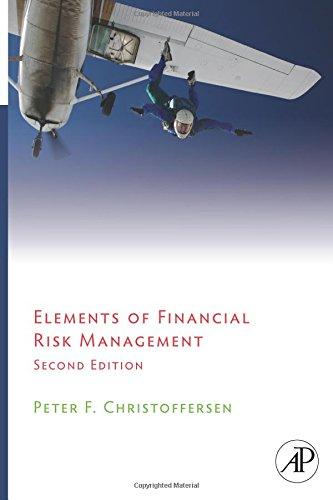Answered step by step
Verified Expert Solution
Question
1 Approved Answer
Consider a 1 period economy (static problem) with consumers, government and firms. As- sume twice continuously differentiable, quasiconcave utility function and concave production function. The

Consider a 1 period economy (static problem) with consumers, government and firms. As- sume twice continuously differentiable, quasiconcave utility function and concave production function. The consumer has labor income and also receives firms'dividends (this is herex ogenous" income, i.e., income she takes as given). The government raises revenue through lump sum taxes t to finance government expenditure g. 1. Derive the household and firms' optimality conditions. 2. Define competitive equilibrium; what are your exogenous and endogenous variables? 3. Show a system of equations that solve for your endogenous variables (i.e., x-equations and x-unknowns 4. Use the above system of equations in order to end up with one equation and one unknown 5. Derive the effect of changes in government expenditures g on your endogenous variables What are the signs of the responses of your endogenous variables (you may assume separability of utility to make things easier at this point)? 6. Why do we say that government expenditure shocks do not give a good description of the average business cycle? Consider a 1 period economy (static problem) with consumers, government and firms. As- sume twice continuously differentiable, quasiconcave utility function and concave production function. The consumer has labor income and also receives firms'dividends (this is herex ogenous" income, i.e., income she takes as given). The government raises revenue through lump sum taxes t to finance government expenditure g. 1. Derive the household and firms' optimality conditions. 2. Define competitive equilibrium; what are your exogenous and endogenous variables? 3. Show a system of equations that solve for your endogenous variables (i.e., x-equations and x-unknowns 4. Use the above system of equations in order to end up with one equation and one unknown 5. Derive the effect of changes in government expenditures g on your endogenous variables What are the signs of the responses of your endogenous variables (you may assume separability of utility to make things easier at this point)? 6. Why do we say that government expenditure shocks do not give a good description of the average business cycle
Step by Step Solution
There are 3 Steps involved in it
Step: 1

Get Instant Access to Expert-Tailored Solutions
See step-by-step solutions with expert insights and AI powered tools for academic success
Step: 2

Step: 3

Ace Your Homework with AI
Get the answers you need in no time with our AI-driven, step-by-step assistance
Get Started


